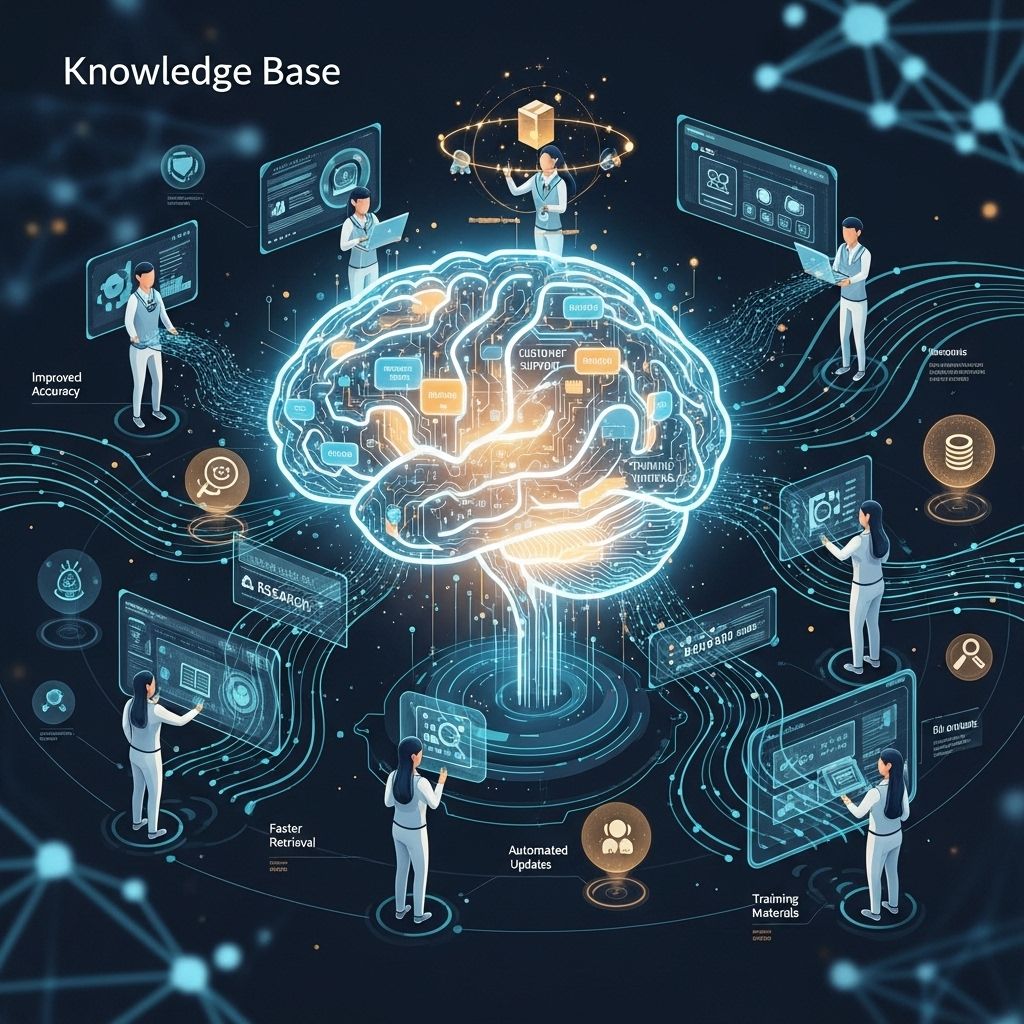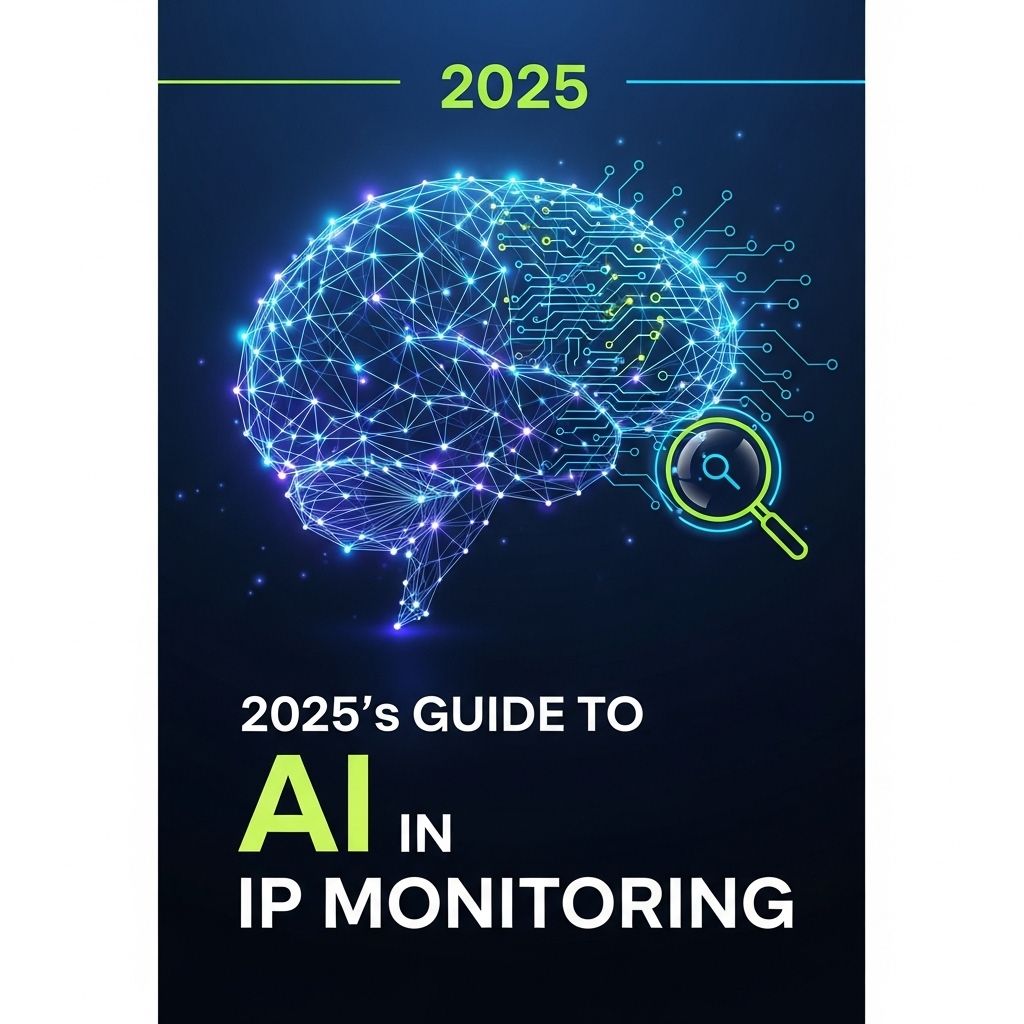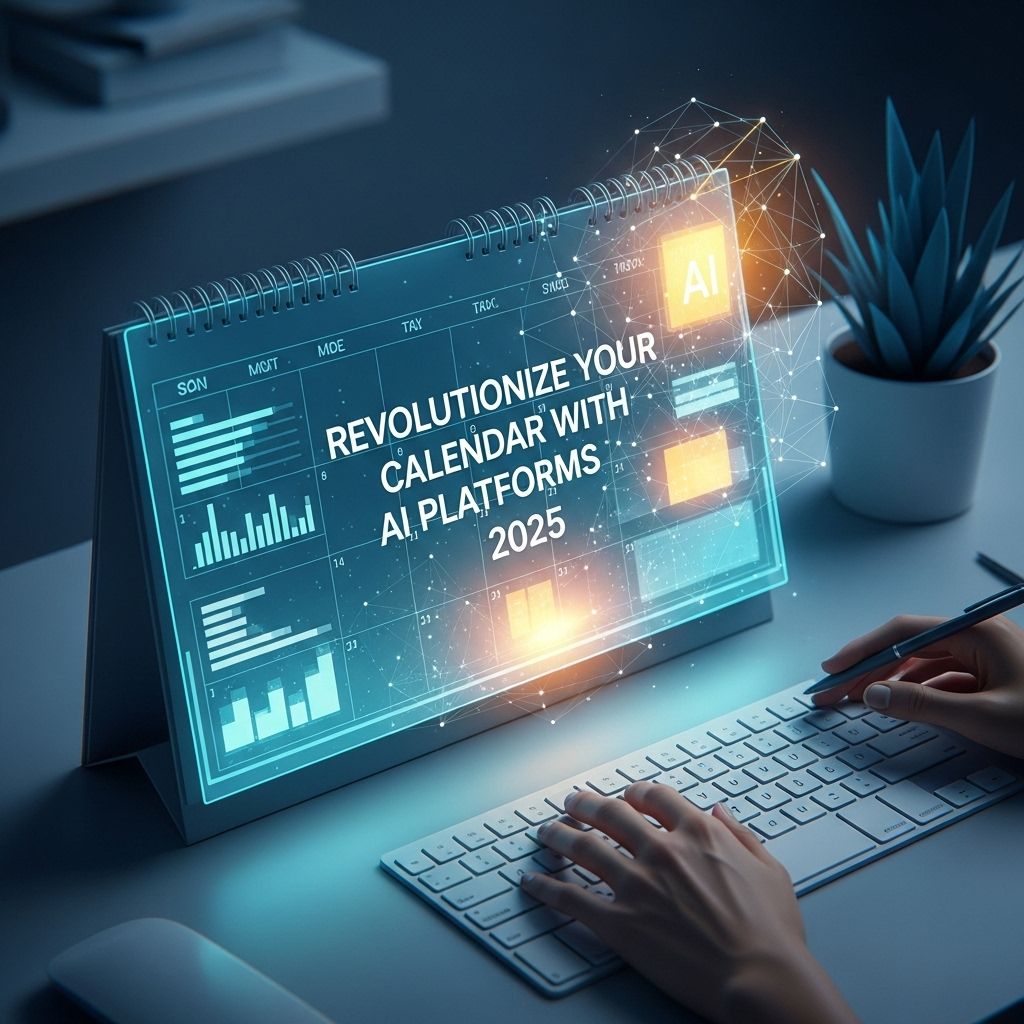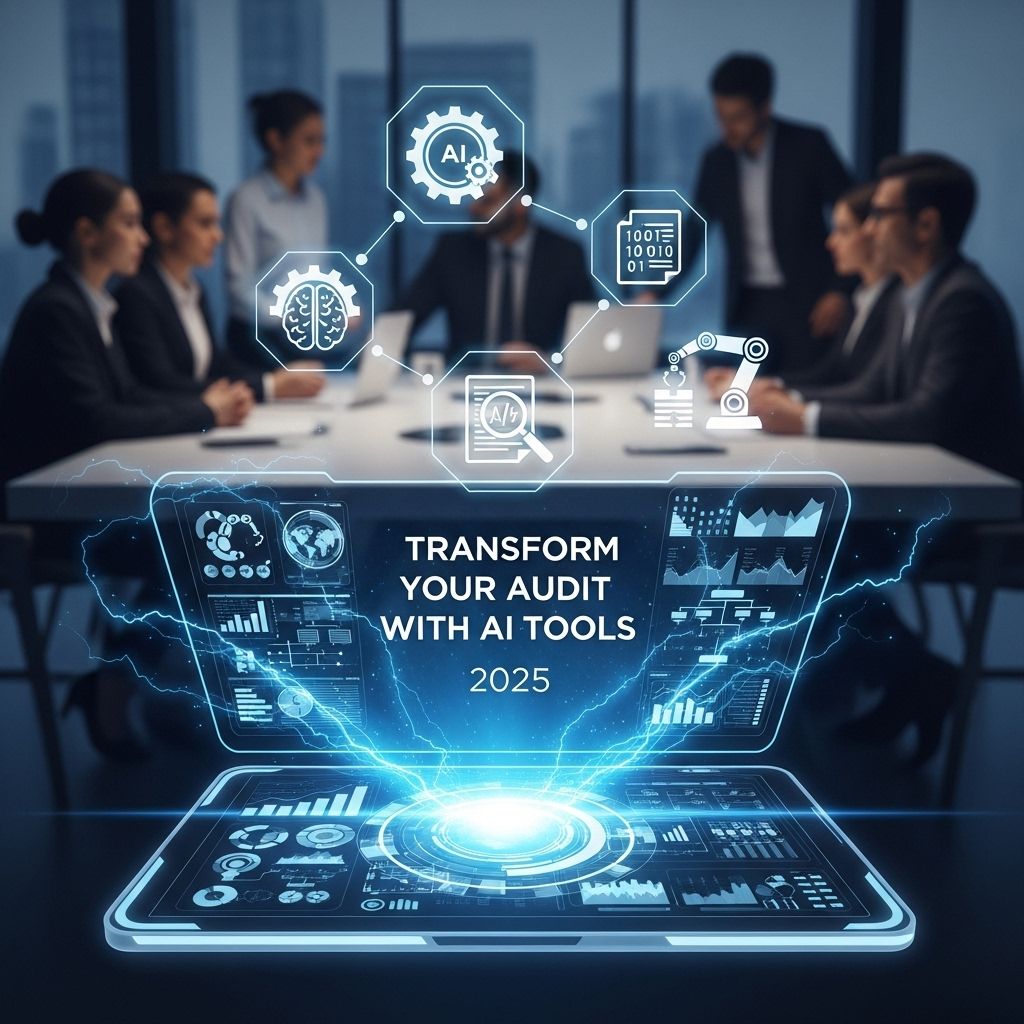Elevate Your Enterprise with Data Center Modernization
Discover how data center modernization can transform your enterprise, enhancing efficiency and driving innovation for future growth.
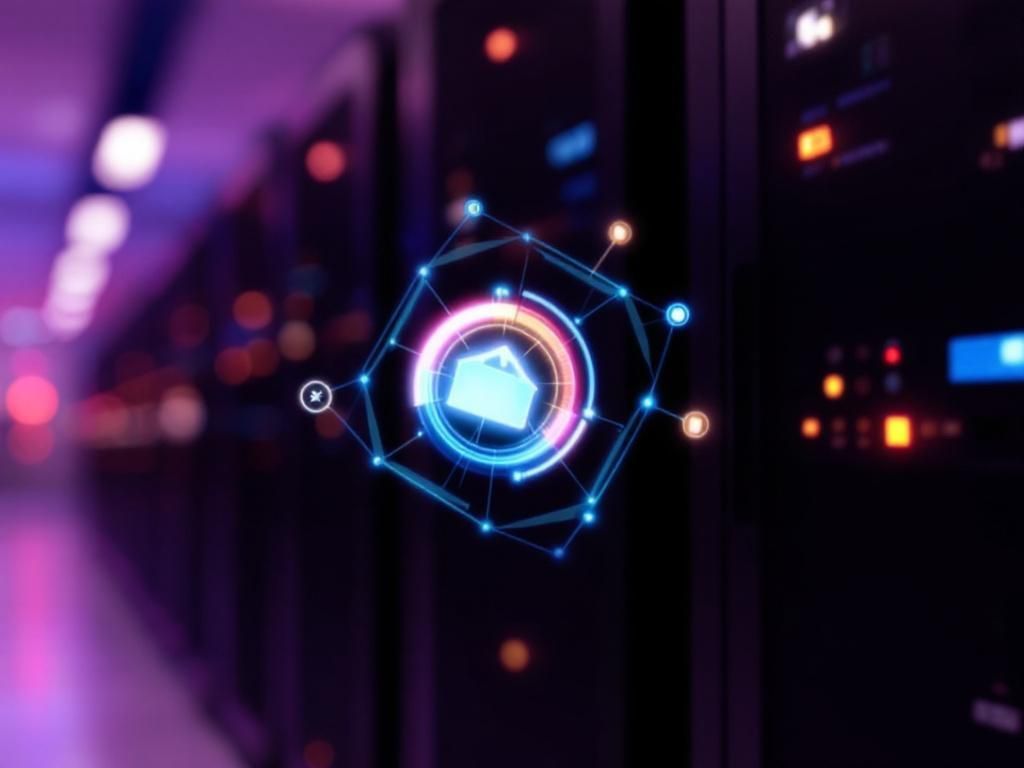
In today’s fast-paced digital landscape, businesses are constantly seeking ways to improve efficiency, reduce costs, and enhance performance. One of the most impactful strategies to achieve these goals is through data center modernization. By upgrading legacy systems and adopting innovative technologies, enterprises can not only streamline operations but also gain a competitive edge in their respective markets.
Table of Contents
Understanding Data Center Modernization
Data center modernization encompasses a series of practices and technologies aimed at refreshing and enhancing the infrastructure of an organization’s data center. This includes transitioning from traditional, on-premises systems to more agile, cloud-based solutions. The key drivers for this transformation typically include:
- Improved scalability
- Enhanced performance and reliability
- Reduced operational costs
- Better security and compliance
The Components of Modernization
1. Cloud Integration
One of the foremost elements of data center modernization is the integration of cloud services. Organizations can choose between public, private, or hybrid cloud models, each offering unique benefits:
| Cloud Model | Benefits |
|---|---|
| Public Cloud | Cost-effective, scalable, and minimizes maintenance responsibilities |
| Private Cloud | Enhanced security and control, ideal for sensitive data |
| Hybrid Cloud | Flexibility to operate across environments, optimizing workloads |
2. Virtualization
Virtualization technology allows organizations to create virtual instances of servers, storage, and networks, maximizing resource utilization. This leads to:
- Reduced hardware costs
- Increased operational efficiency
- Quicker deployment of applications
3. Automation
Automation tools are essential for streamlining data center operations. By implementing orchestration and automation solutions, businesses can:
- Reduce human error
- Enhance response times
- Improve overall service delivery
The Role of Edge Computing
As more devices connect to the internet, the demand for low-latency processing power has grown. Edge computing allows data to be processed closer to the source, reducing latency and bandwidth usage. Key advantages include:
- Real-time data processing
- Improved user experience
- Reduced load on centralized data centers
Security Considerations
Modernizing your data center also requires a robust approach to security. With the increasing number of cyber threats, businesses must ensure that their new systems are secure. Some best practices include:
- Implementing a zero-trust security model
- Regularly updating software and firmware
- Conducting frequent security audits
Compliance and Regulatory Requirements
Modern data centers must comply with various regulations. This can include:
- GDPR (General Data Protection Regulation)
- HIPAA (Health Insurance Portability and Accountability Act)
- PCI DSS (Payment Card Industry Data Security Standard)
Ensuring compliance protects not only data but also the organization’s reputation.
Cost-Benefit Analysis
When considering modernization, it’s crucial to perform a thorough cost-benefit analysis. Here are some factors to weigh:
| Costs | Benefits |
|---|---|
| Initial investments in new technology | Long-term operational savings |
| Training staff on new systems | Increased productivity |
| Potential downtime during the transition | Enhanced performance and reliability |
Steps to Successful Modernization
To achieve a successful modernization, enterprises should follow these steps:
- Assess the current data center infrastructure
- Identify specific goals and objectives for modernization
- Develop a comprehensive strategy that includes cloud and virtualization
- Implement security measures from the outset
- Train staff and stakeholders on new systems
- Monitor performance and make adjustments as needed
Case Studies: Success Stories in Modernization
Several organizations have successfully modernized their data centers. Here are a few examples:
Company A: Retail Giant
This company shifted to a hybrid cloud model, integrating public cloud services for their customer-facing applications while keeping sensitive data on-premises. The result was a 30% reduction in operational costs and improved customer satisfaction.
Company B: Financial Institution
By adopting a multi-cloud strategy and effective automation tools, this institution enhanced its service delivery speed by 50%, allowing for real-time processing of transactions.
Future Trends in Data Center Modernization
As technology continues to evolve, so will the approaches to data center modernization. Some emerging trends include:
1. AI and Machine Learning
AI-driven analytics will enable more efficient data management and predictive maintenance.
2. Sustainability Initiatives
Green data centers will become a priority as organizations strive to reduce their carbon footprint.
3. Quantum Computing
Though still in its infancy, quantum computing promises to revolutionize data processing capabilities.
Conclusion
Data center modernization is not merely an IT necessity; it is a strategic imperative that can significantly enhance an organization’s efficiency, security, and competitive standing. By embracing new technologies and methodologies, enterprises can pave the way for a more agile and resilient future.
FAQ
What is data center modernization?
Data center modernization refers to the process of upgrading and transforming data center infrastructure, technologies, and operational models to improve efficiency, scalability, and performance.
Why is data center modernization important for enterprises?
Data center modernization is crucial for enterprises as it enhances operational efficiency, reduces costs, improves security, and enables better data management and analytics capabilities.
What are the key benefits of modernizing a data center?
Key benefits include increased agility, improved resource utilization, enhanced security measures, lower operational costs, and the ability to leverage cloud technologies.
How can cloud computing play a role in data center modernization?
Cloud computing allows enterprises to scale resources on demand, reduce hardware dependency, and implement a more flexible and efficient infrastructure, all of which are vital components of data center modernization.
What technologies are commonly used in data center modernization?
Common technologies include virtualization, automation tools, hybrid cloud solutions, and advanced networking technologies, which all contribute to a more efficient and responsive data center.
How do I start the data center modernization process?
Start by assessing your current infrastructure, identifying areas for improvement, setting clear goals, and developing a strategic plan that includes technology selection and implementation timelines.

